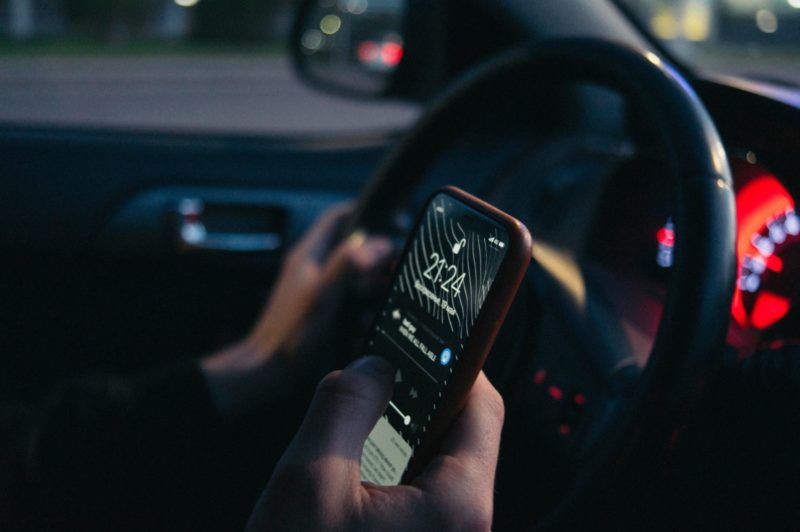According to the CDC, distracted driving caused roughly one thousand injuries along with an average of nine deaths every day in 2018. The CDC states that there are three kinds of distracted driving: visual, manual, and cognitive: things that take your eyes off the road, your hands off the wheel, or your mind off of what you are currently doing.
Texting while driving falls under all three of these categories. Texting and driving causes about 1.6 million car accidents nationwide every year. According to NHTSA statistics, distracted driving is six times more dangerous than drunk driving, which is extremely unsafe to begin with. In addition to the dangers, texting and driving is also illegal in some states, and many cities ban it in states where it is not otherwise forbidden.
People continue these poor habits despite the risk. According to 2019 statistics from The Zebra, 37% of people between the ages of 18 and 34 feel pressured to answer work-related messages while behind the wheel. Drivers rarely consider that they might cause a car wreck, let alone receive a measly traffic ticket. Maybe they think they won’t get caught, or maybe it’s pressure from work, which raises the question: If you get in an accident because the other driver was glued to their phone, can this even be proven?
Yes, it absolutely can. Witnesses may have seen the driver texting. A distracted driver is likely going to be looking down instead of ahead, with only one hand on the wheel. Erratic driving gives probable cause to allow law enforcement to investigate further.
If someone causes an accident and law enforcement is investigating, they can subpoena cell phone records to discover if a driver was texting at the time of the crash. Even if the texts are deleted, a record of the data remains on the cellular carrier’s logs. Lawyers in injury lawsuits routinely request and retain phone records too.
New technology also uncovers this evidence. A police operated tablet-like device, called the Textalyzer analyzes text messaging and phone usage while drivers are operating their vehicles. The device cannot view messages, pictures, or general content, but they can pick up on cell phone activity. That means SnapChat, Facebook Messenger, YouTube, or other apps may get a driver pulled over. Where forbidden, penalties for texting while driving include monetary fines, criminal charges, and even jail time.
For people who can’t resist checking notifications, there are solutions. Various cell phone apps limit your phone’s ability to distract you while driving, including “do not disturb” modes, apps that “pay” you for not using your phone while driving, voice activation for music and messaging, and some even stop predefined phone features from functioning once the device starts moving at a certain speed. Some of these apps include LifeSaver, SafeDrive, DriveMode, Cellcontrol, and TextLimit. Cellular carriers offer solutions too, like AT&T’s DriveMode, which silences notifications and sends automatic replies informing the sender that the recipient is driving.
Texting while driving is not a distraction to take lightly. Remember that you are operating a 2 or 4 ton missile when you drive down the road, and a momentary failure can cause a lot of harm. Keep your eyes on the road, hands on the wheel, and your mind on the drive. Your family and friends will be glad for it, even if they have to wait a few minutes to hear from you.
If you are hurt in a car accident, follow these steps. Afterwards, call The S.E. Farris Law Firm. With more than 30 years of experience, we can get you the compensation you deserve. You can reach us at 314-252-9937, or send us a message to arrange a free consultation.

